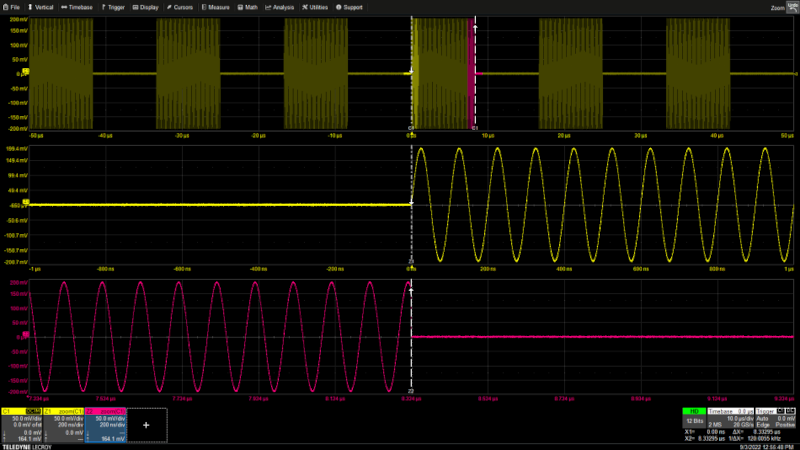Better Scope Measurements

There was a time when few hobbyists had an oscilloscope and the ones you did see were old military or industrial surplus that were past their prime. Today you can buy a fancy scope for about what those used scopes cost that would have once been the envy of every giant research lab. However, this new breed of instrument is typically digital and while they look like an old analog scope, the way they work leads to some odd gotchas that [Arthur Pini] covers in a recent post.
Some of his tips are common sense, but easy to forget about. For example, if you stack your four input channels so each uses up a quarter of the screen, it makes sense, right? But [Arthur] points out that you are dropping two bits of dynamic range, which can really jack up a sensitive measurement.
He also has tips on how to improve noise on measurements and get the best data from cursors. Again, if you take the time to think about how everything works, it is pretty obvious: showing millions of samples on a screen with maybe 2,000 pixels means each pixel represents a lot of data.
Some of the features he mentions may not be on your scope, but it is still an interesting example of how what your eyes tell you isn’t always the truth. The post is a great reminder to think about how the scope is working when you make measurements.
Of course, if you really want to understand your scope, you should build it. If you aren’t too picky, you can just use your browser.
Post a Comment